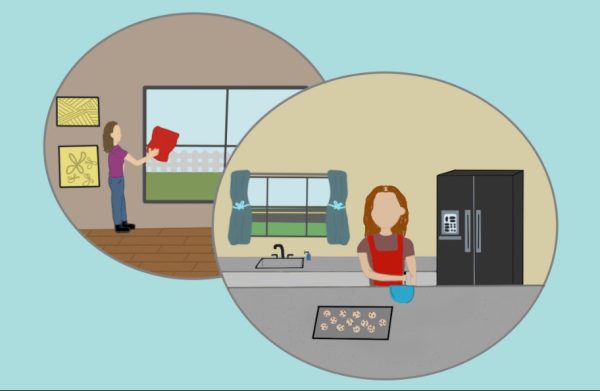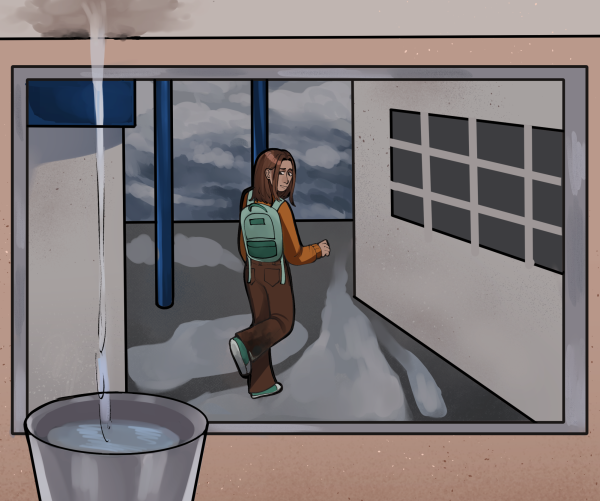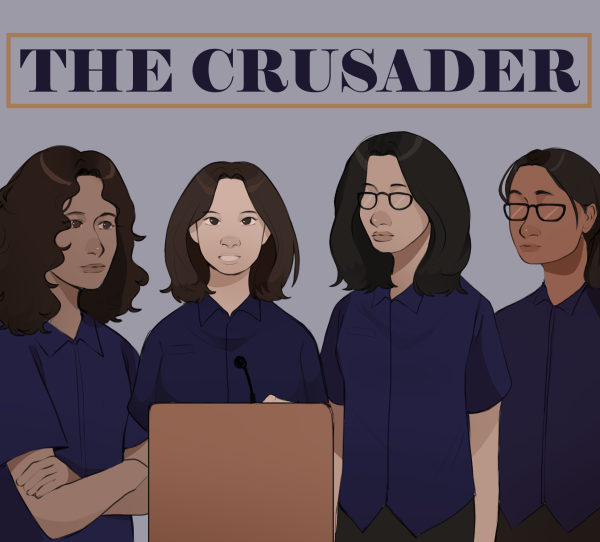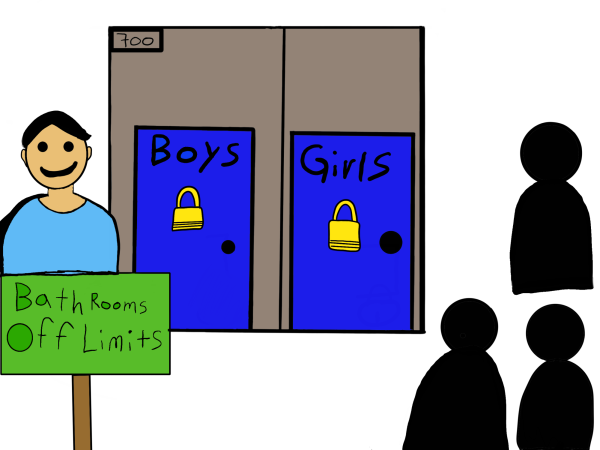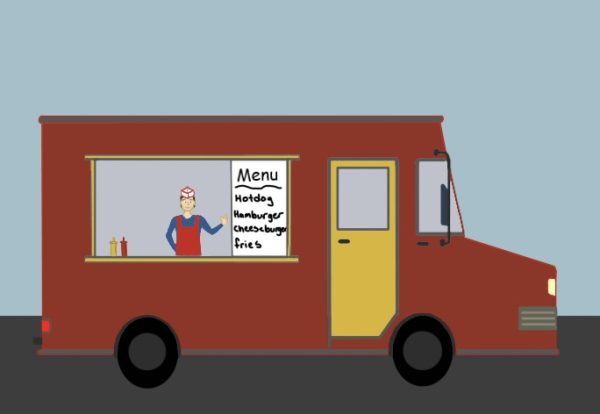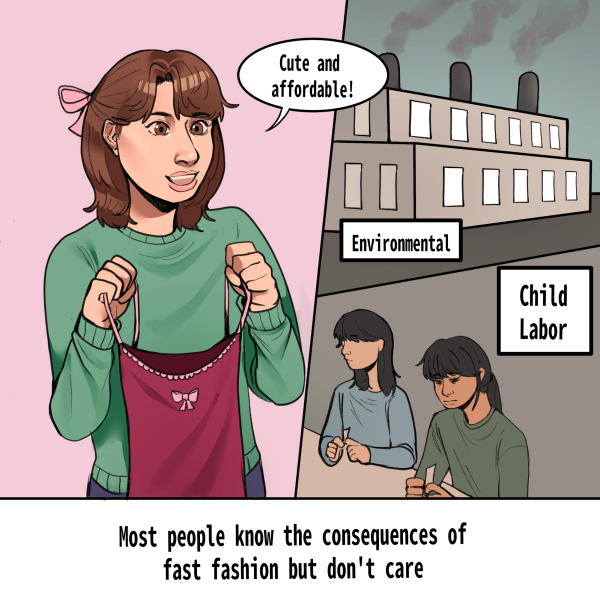Staff Editorial: SUHSD needs to accept accountability for its budget crisis
Time and time again, the Sweetwater High School Union District (SUHSD) claims to be “putting students first,” but their recent actions reveal that students are not the true priority. Rather, the commitment to students is lost in the smoke and mirrors of an ongoing budget crisis that threatens the integrity of SUHSD.
Currently, SUHSD is facing a $30 million deficit, caused primarily by mismanaged funds and district-wide declining enrollment. However, the SUHSD Board of Trustees have not held themselves accountable for the role that they played in accumulating that sum of debt. In order to make up the money, SUHSD on Feb. 24 passed several cuts, as listed in Resolution No. 4658. In doing this, the Board of Trustees continue to deflect the blame for their financial distress and provide no real, positive, long-term solution to the deficit.
The cuts listed within Resolution No. 4658 included laying off 237 positions comprising newer teachers, librarians and all Learning Centers throughout the district. This might seem like a financially feasible move by SUHSD, but hidden beneath the surface is a deep, unavoidable harm to students.
In a time and place where literacy rates need to be boosted, the elimination of all librarians is certainly the last action that will help students achieve success. Librarians are specialized personnel with a specific degree for their work, certifying them as individuals fit to help manage books, teach database research, provide resources, foster literacy and curate a safe space for students. In fact, according to Scholastic, for over 20 years, there has been an accumulation of research displaying a direct correlation between librarians and student success, regardless of the school’s socioeconomic background. Such a beneficial program is lost in the district’s efforts to regain financial balance.
Similarly, another resolution will cut various coordinator positions including the International Baccalaureate (IB) Coordinator position, which will effectively dismantle the IB Program per the policy of IB. Not only does this reveal that the district is stripping away the academic accolades that students strive to earn, but also that the loss is as financial as it is intellectual. The IB Program attracts many families to SUHSD, and in a time of declining enrollment, SUHSD quite literally cannot afford to lose a program that draws families to its schools, especially since SUHSD earns more money for each student that enrolls.
Most critical, though, is the decision to eliminate Learning Centers throughout the district. As a form of alternative education, Learning Centers are a vital stepping stone for many students on their path to a brighter future, a brighter future that SUHSD claims to cultivate. Writer and Learning Center graduate Alana Saltz says herself, “I’m not sure I would have made it through high school anywhere else. My credits were a mess, my confidence was low and my desire to keep living was almost nonexistent.” It is the Learning Centers that house the most vulnerable groups of students, the ones who need SUHSD’s support. And yet, they are the ones who are suffering from a mismanaged budget. Although they may not resemble the majority of SUHSD students, their futures matter, and without the Learning Center, graduation and a life beyond high school would not be a possibility for many of them.
And as they vote to sever these lifelines, the SUHSD will still claim to be “putting students first.”
In passing this resolution, SUHSD has violated their own Local Control and Accountability Plan (LCAP) goals. Namely, their actions disregard Goals 1 and 2, which outline the expectation of “ensuring excellence in teaching and learning so each student is prepared to succeed in college and career” and “creating a safe and healthy learning environment for each student by building a culture of equity and a positive climate that promotes excellence throughout the district.”
Without librarians, diverse academic opportunities like the IB Program and the outreach of Learning Centers, the SUHSD officials cannot truthfully say that they have fulfilled their duty to the community. There is no “excellence in teaching and learning” when the individuals doing the teaching are being laid off or their position is eliminated entirely. There is no “safe,” “healthy,” “positive” and “equitable” learning environment when the Learning Centers are forced to shut down. The district officials must hold themselves accountable for the budget crisis, the students should not be the ones to pay.
Continually, the SUHSD officials deflect the accountability for this fiscal distress and pin it on a lack of educational funding statewide. While there is much to be desired when it comes to state funding of education, the particular position of the district’s finances is largely the district’s fault. It was them who mismanaged the money that tens of thousands of students depend on. It was them who continued to hire more teachers, soon to receive pink slips, while the costs of pensions only rose. It was them who sat as a panel on Feb. 24 and voted 3-2 to take the easy way out by making the “hardest choice.”
Although the SUHSD Superintendent Karen Janney, Ed.D., described Resolution No. 4658 as an unfortunate but necessary solution, giving it the illusion of being effective in the first place, it will only be a one-year fix. Janney explained at the Feb. 24 meeting that this series of cuts was just one of a few steps necessary to ease the deficit for the upcoming year, so that the SUHSD could meet the threshold to discontinue the mandatory presence of a financial adviser, currently costing them $100 thousand. However, in the long run, these cuts do not set SUHSD up for a more financially sustainable future and front load the burden on the community.
No matter how unfortunate the district regards its measures, the moment a district deems it necessary to betray its own community is a very telling moment. It expresses that at some point it is simply too hard to “put students first” no matter the cost.
Moving forward, SUHSD would benefit from designing a more forward-looking, positive financial plan, a plan that holds them accountable for their mismanagement and lack of oversight. SUHSD Board of Trustees Vice President Nicholas Segura was correct when he said that the SUHSD Board “needs to show real leadership and cut from the top.” To “cut from the top” would mean cutting from the generous salaries and abundant positions of the SUHSD administration, truly keeping the cuts as far away from the classroom as possible.
This is the first step in not only alleviating the budget deficit, but displaying self-accountability and a willingness to sacrifice for the community that they serve. While this would be a good start, it will not solve the whole problem; there is more action that needs to be taken.
It is disheartening to see the SUHSD officials resign themselves to cutting the people from their workforce instead of resisting such drastic measures. Finding ways to eliminate costs within the district is not the only way to put money back into SUHSD’s pockets. Significant efforts to raise money could be made through the organization of fundraisers involving students. Such a plan would not only fund raise, but also allow for community involvement, with students putting on performances or reaching out for donations, bringing people together to solve the dilemma before them. A district-wide effort of this variety could also potentially make SUHSD more attractive to families and increase enrollment, further helping to maintain long-term financial stability rather than temporary safety.
SUHSD has resorted to a Band-Aid solution when they should be putting tireless effort into cultivating resilience in their community and collaborating with teachers, parents and students to construct a positive solution, instead of resorting to an extremely harmful one. The SUHSD Board of Trustees has dug its district into a hole. Seemingly, they have yet to realize that the solution is not to throw dirt into the hole, but rather to extend a caring hand to the people inside, and to help find a way out, together.
While on its surface, SUHSD’s solutions may seem logical and financially necessary, they will only detract from building a brighter future. For all of the district’s financial loss, the real price that they will pay is the cost of turning their backs on their people, and letting the money mismanage them.

I am a senior at Bonita Vista High and a fourth year staff member on the Crusader. I am now co-Editor in Chief, and previously was News Editor, Features...


